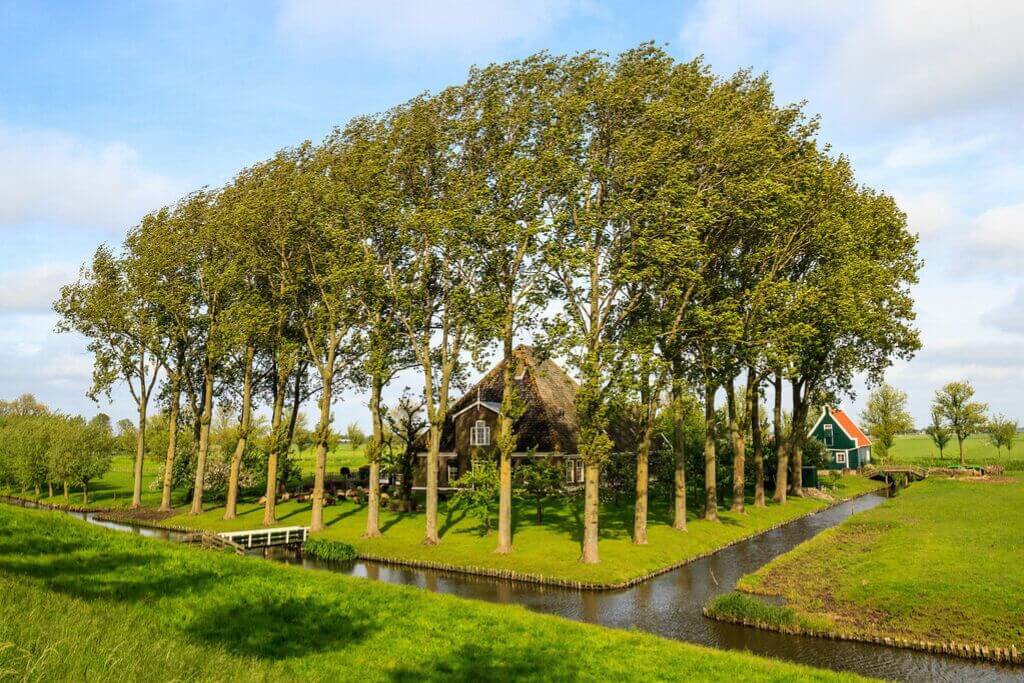The UNESCO World Heritage Site of Beemster Polder (De Beemster) is a unique landscape demonstrating how the Dutch have regulated and utilized the waters for generations. Let’s learn everything there is to know about Beemster Polder, which will astound you.
Beemster Polder (De Beemster)
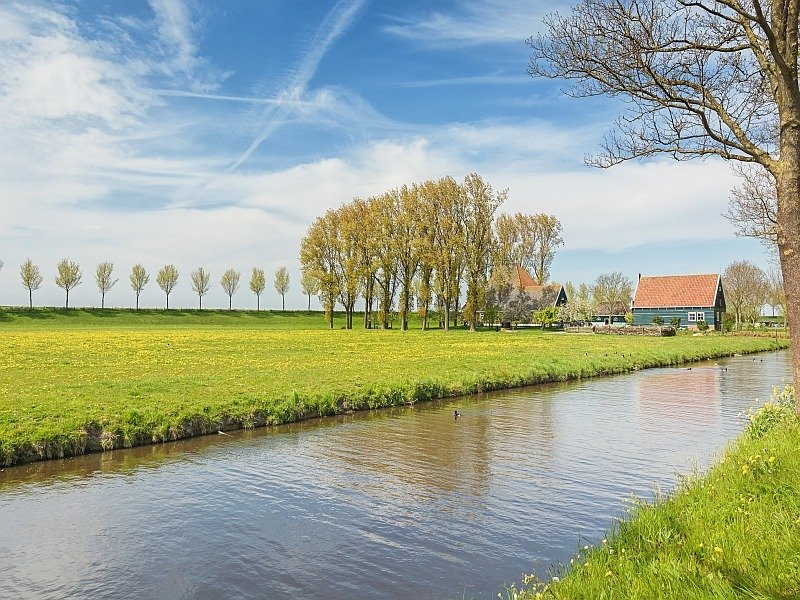
Beemster Polder lies around 30 kilometers north of Amsterdam. The World Heritage site encompasses around 70 square kilometers and is home to approximately 3,500 people. The polder contains numerous communities, including Middenbeemster, Noordbeemster, Westbeemster, and Zuidoostbeemster. The modern Beemster area was also a vast peat bog centuries ago, in the early Middle Ages. Local peasants made a living by farming peat, which made good fertilizer and handy fire fuel.
A network of roads, plots, farms, and canals was painstakingly constructed across the polder, and new residents began to arrive. Surprisingly, the new area was rapidly discovered to be a very rich clay mixture, making the new crop and livestock farms extremely fruitful. The entire Beemster Polder project was acclaimed as a huge success throughout the Netherlands. Its concepts were replicated (with varying degrees of success) in many other sections of the country.
The World Heritage Site by UNESCO
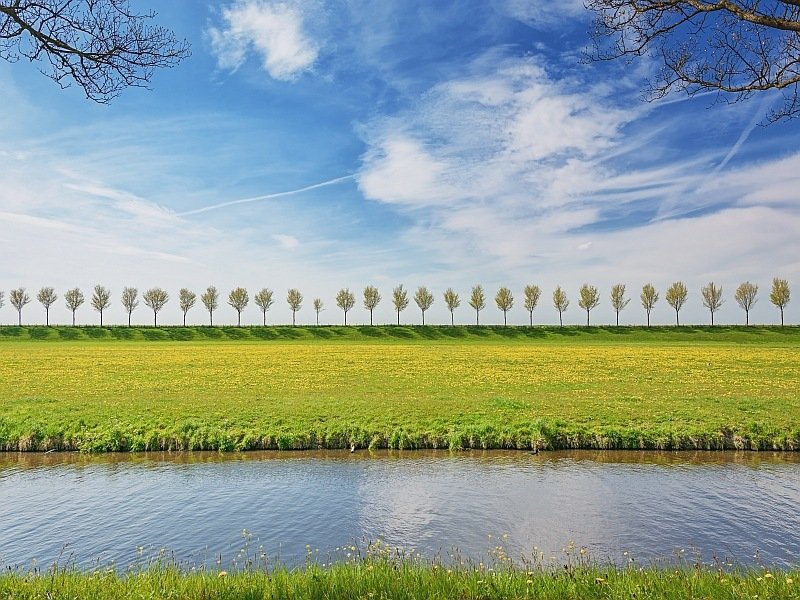
When the reclamation was finished, the new area turned out to be fertile clay. The property was divided into pieces and rented out to agricultural and animal farmers while wealthy merchants erected their magnificent mansions and manors on it. De Beemster was included on the UNESCO World Heritage List in 1999 as a “creative masterpiece made by mankind,” with 17th-century ideals still vividly discernible across the territory.
What is the significance of Beemster Polder?
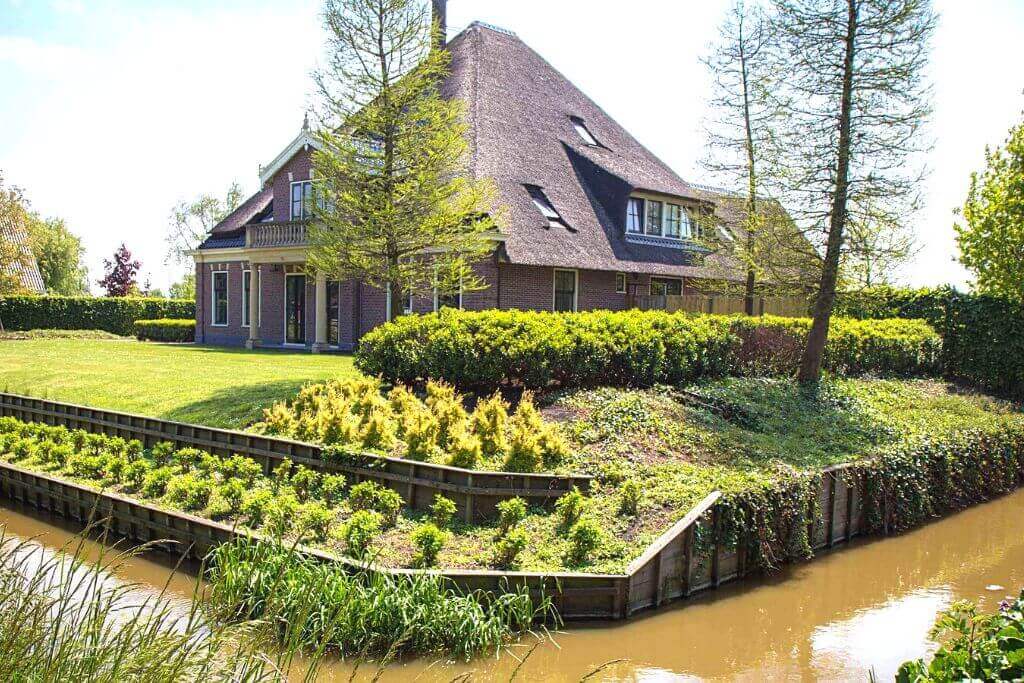
For starters, and perhaps most crucially, the polder’s original buildings and structures are all still standing and in outstanding condition. Along with the dams, sluices, and canals, many of the buildings, churches, and mills in Beemster are original and beautifully preserved from the 17th century.
Secondly, Beemster was an important stage in the evolution of the human-water interaction. At the beginning of the 17th century, the world’s population was rapidly increasing, requiring new agricultural practices to feed an ever-increasing number of people. Economic and social expansion might be maintained by reclaiming land from the sea and constructing highly productive farming out of thin air.
Thirdly, Beemster is a noteworthy example of Renaissance town planning ideals being put into effect – ideas that we rarely consider nowadays. The backbone of Beemster’s grid pattern is made up of long, straight avenues running parallel, connecting smaller streets at right angles, while the land was divided evenly into rectangular 2:3 plots, all of which are exactly the same size. Drainage and transportation canals ran alongside the roads, reflecting the Renaissance concepts of symmetry and harmony.
Read more Naarden City: The Famous Star Fortress Of The Netherlands
Fun Activities in the Beemster Polder
- Visit a small village such as Middenbeemster, Westbeemster, or Noordbeemster.
- Stop by the Middenbeemster tourist office to discover everything there is to know about the Beemster Polder.
- Visit the Agrarian Museum Westerhem.
- In the Betje Wolff Museum, you can learn about the 18th-century feminist writer Betje (Elizabeth) Wolff-Bekker. The museum is housed in the home where she formerly lived.
- Try the famous Beemster Cheese (Beemsterkaas), made from cow milk from the Beemster Polder.
- Visit the still-operational grain mill De Nachtegal (Korenmolen De Nachtegaal – the Nightingale).
- Enjoy a cup of tea at the Spierenburgh Tea Garden while admiring the artwork at the atelier.
Visit the Windmill Museum
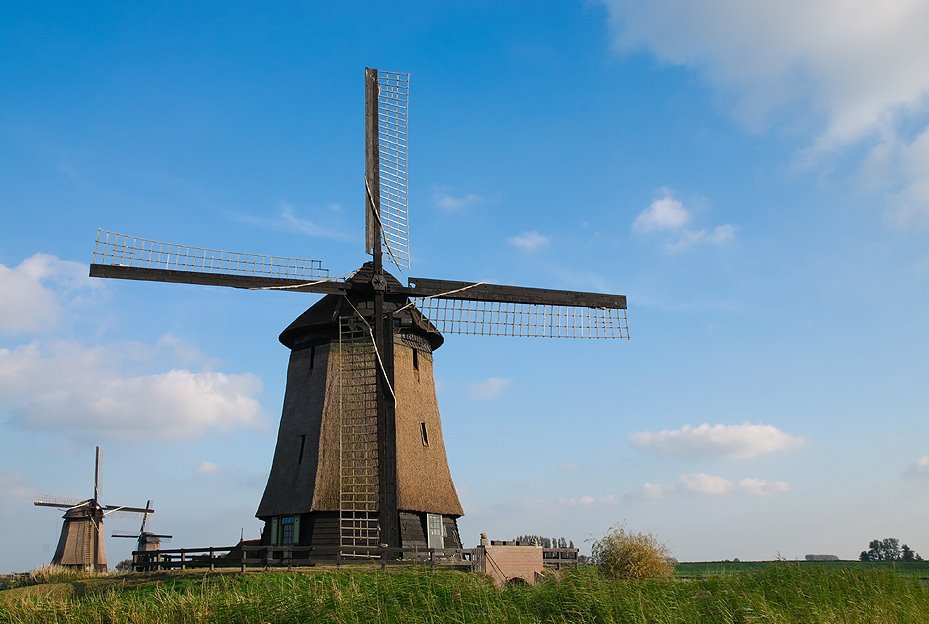
The Museummolen (Museum Windmill) in Schermerhorn is part of a stunning row of three windmills. The second windmill, the Museummolen, may be seen from the visitors’ center. This hydraulic windmill is thatched and furnished in the style of the early twentieth century. Visitors can also get explanations from the miller in multiple languages and ascend all the way to the top to get a close look at the moving gears.
How to Go to Beemster Polder
By driving, you can either stop at one of the small settlements and walk around or go around.
By public transportation from Amsterdam, take R-NET line 305 from Amsterdam Centraal to bus stop De Buurt in Middenbeemster.
With a guided tour – trips from Amsterdam to the Beemster Polder include a few sites. A guided tour is perhaps the finest way to view the Beemster Polder and learn everything there is to know about it.
Here is all you need to know before visiting Beemster Polder – UNESCO World Heritage Site. Come here now to enjoy your wonderful travel! Please give your feedback by leaving a comment below!
